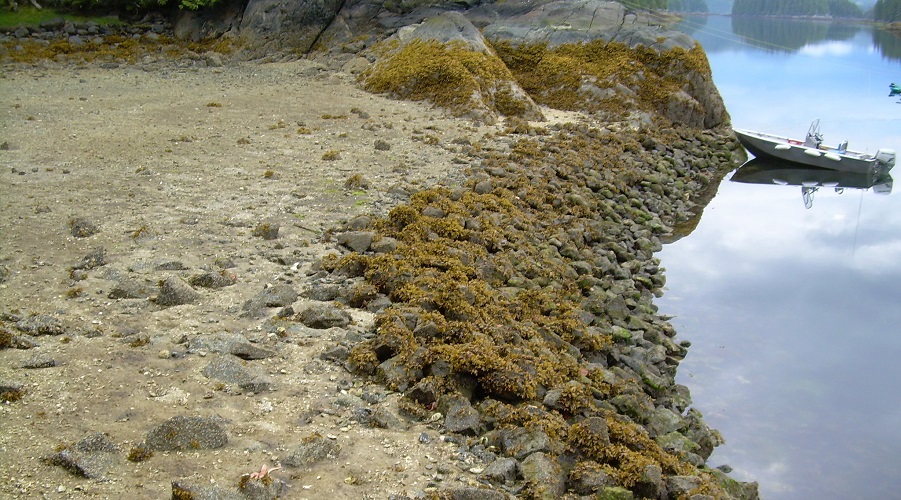
A few years ago, while waiting for a connecting flight at Houston Airport, the Sea Around Us PI Daniel Pauly challenged Simon Fraser University resource & environmental management professor Anne Salomon to put clam gardens in a global context by mapping them along with similar Indigenous maricultural innovations around the world.
At the time, Salomon said “challenge accepted” and what emerged from that casual conversation on the way to a scientific symposium became an interactive web-based story map titled ‘Sea Gardens Across the Pacific.’
The living map synthesizes information about ancestral mariculture across the Pacific Ocean and describes the work that a number of communities are undertaking to reawaken diverse sea gardens. It covers ancestral connections, geographic and temporal extents, biophysical manipulations, target species, ceremonial and stewardship practices, and current status.
At present, the project showcases 22 examples provided by 28 contributors, including Indigenous knowledge holders, Indigenous scholars, practitioners, and university researchers, among them graduate students from Salomon’s course on social-ecological resilience.
“As part of this class we attended a gathering of fish pond practitioners in Hawai’i and took part in the restoration of a fish pond,” Heather Earle, who co-led, designed and created the story map, said. “What was so powerful there was the energy, momentum, and the sense of community that flowed from taking part in the revitalization of that practice. As we’ve worked with practitioners, knowledge holders, and researchers across the Pacific to compile this map, we’ve seen that same energy and momentum again and again.”
In addition to Earle, Salomon reached out to Melissa Poe, an environmental anthropologist at Washington Sea Grant, about incorporating the story map project into the Indigenous Aquaculture Collaborative Network, which is a community of practice consisting of Pacific-region Sea Grant offices; Northwest Tribes and First Nations, Native Hawaiian and Indigenous communities; and organizations and universities working to advance Indigenous aquaculture. Poe, who coordinates the network, immediately saw the potential: “These features exist worldwide, if people better understood their diversity, functionality and extent, I’m convinced that more communities would be empowered to restore them,” Poe said.
While both Salomon and Poe say the current story map only “scratches the surface,” they believe that publishing this current edition will help bring other practices into the public light.
Sea Gardens Across the Pacific can be found at https://www.seagardens.net/#map

